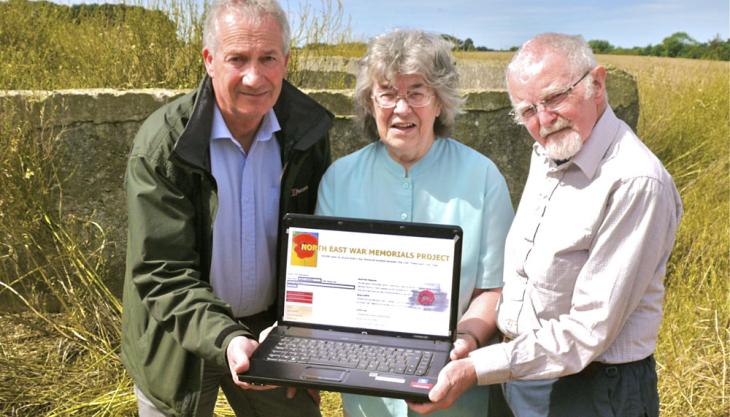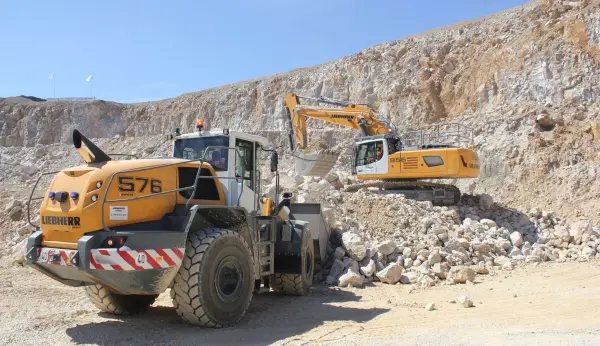Surface mining brings past to the present

Flying pioneers’ bomb store unearthed at UK Coal’s Potland Burn surface mine site in Northumberland
THE remains of a World War I (WWI) bomb store have been discovered on the site that houses UK Coal’s biggest surface mine.
Now, nearly 100 years after it was used for military action, the remnants of the store house, which were uncovered at Potland Burn surface mine, near Ashington, in Northumberland, are to become a memorial of the time.
Ashington airfield – one of a small ring of airfields around Northumberland – played an important part in Britain’s defences during WWI. It was in operation for three years until 1919, shortly after the formation of the Royal Air Force, but during its time was home to ‘C’ Flight of 36 Squadron that conducted coastal patrols in single-engine two-seater biplanes.
The airfield was later returned to agriculture and the site’s one remaining structure, the concrete-built bomb store, is one of only a few surviving buildings from WWI to be found in Northumberland.
Janet Brown (pictured), chair of North East War Memorials Project, which has catalogued some 4,400 local war memorials in Northumberland and Co. Durham, said: ‘This is such a unique find, not only at a local level but also regionally and possibly even nationally, and because of its rarity and historical importance it’s very important it remains.
‘While the structure is run-down and the surroundings overgrown, it is in reasonably good condition considering its age. I think the reason it is still standing is because of its remoteness. If that wasn’t the case, I believe it would have just disappeared.’
The old bomb store is located on the eastern fringe of the mine site where the next phase of coaling will begin in 2014, but mine manager Peter Millar (left of picture) says the physical remnant of an airfield that protected Northumberland will be protected for future generations.
UK Coal have been operating Potland Burn surface mine since 2010. Twelve seams of coal with a combined thickness of more than 5m are being recovered – with nearly two million tonnes expected to be yielded by the time coal production finishes in late 2015.



